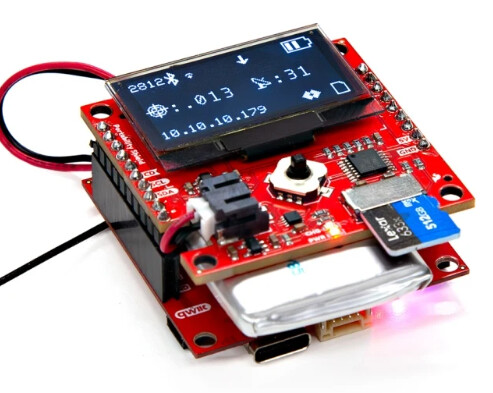Hi there.
I posted about my situation in the past, but am now trying to narrow down equipment. . .
I have a 225 acre property that has substantial existing water, electric and fiber optic lines that I want to ultimately map out. I am planning to lay down some existing lines in the near future and I want to document the line locations with RTK GPS equipment every x feet before filling in the trenches so that I will have precise horizontal and vertical location information that I can map out for the property. I also have plans to plat out a future RV park area with the same equipment.
I have been researching equipment and am trying to get to the point of purchasing. I have looked at the Sparkfun offerings and there are certainly multiple choices there. I have also looked elsewhere. Of the Sparkfun offerings, the Facet seems to hit the sweet spot as far as ease of use and value are concerned. I have tried to compare it to value products on Amazon and have found the E1 by Singular XYZ to be an apparently comparable product with the following differences. The E1 seems to have:
- Longer battery life
- Tilt compensation
- Built in UHF radio
- Included software
- A price that is perhaps $200 more
Of these points, it seems like the tilt compensation would be a real nice addition. I know that the Torch has that but I’m not sure that I can justify paying such a premium for that unit, even though it sounds like a great solution for me. Because I don’t have phone service on parts of my property, it seems like I’m limited to using a base station with a UHS or LoRa connection to get the RTK fix. Having that built in to the unit is nice. As far as the included software is concerned, I’m not sure how it compares to the free SW Maps.
I don’t know how to judge the Facet or the E1 for their respective ability to get workable signals under tree canopy, but that would be important to me.
Can anyone provide guidance as to what is and is not important for the use cases that I mentioned as it relates to the Facet and competing products? I am a complete noob to all this so there will be a learning curve for me and ease of use is desired. I suspect that support through this forum would be better than what I could get through a company based in China so that is likely a win for the Facet. What else do I need to be consider? Feel free to steer me away from both of these products if there is a better value choice out there.
Thanks for any insight you can provide. I suspect that other people new to this world will benefit from what you have to say here.
